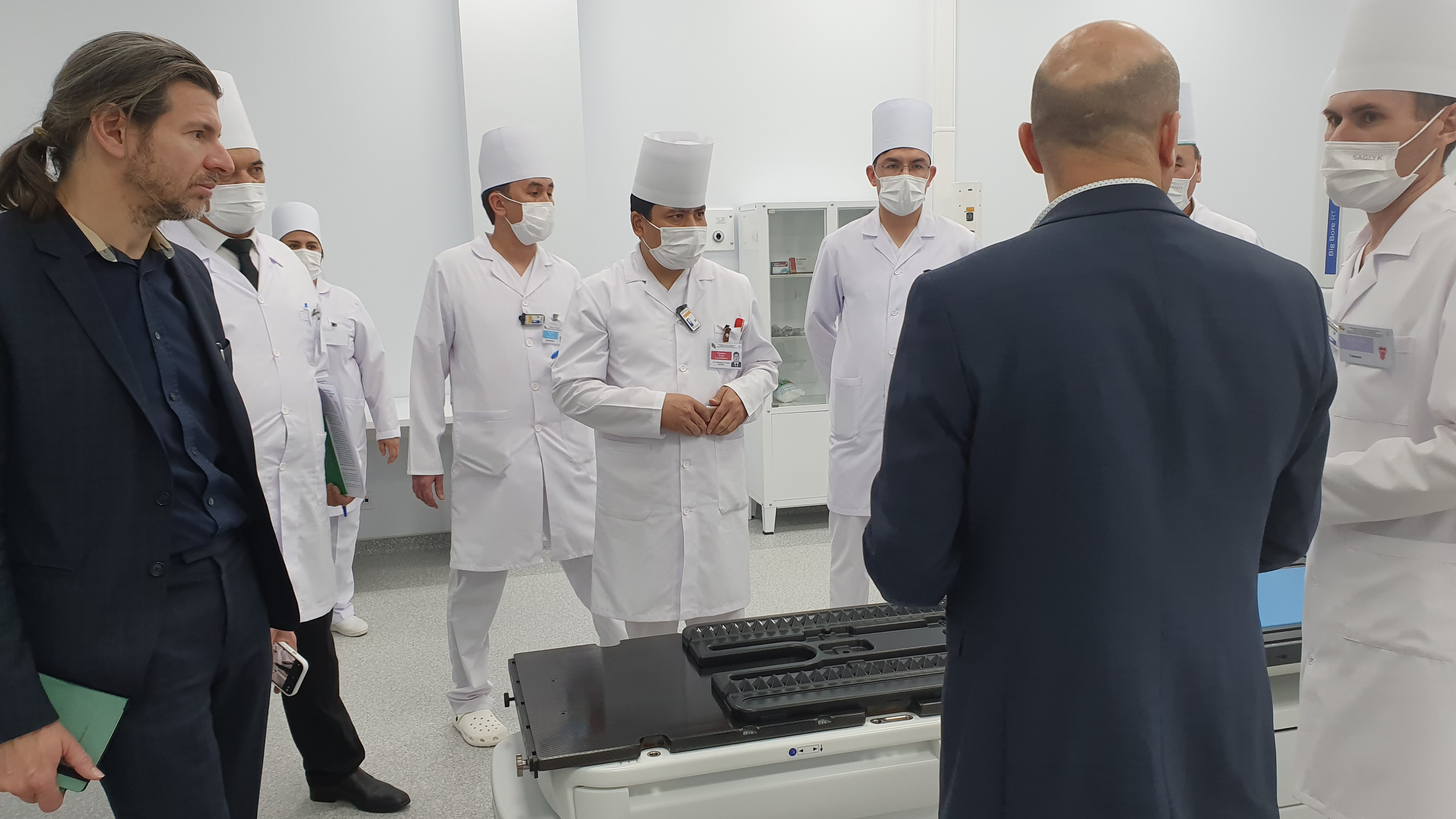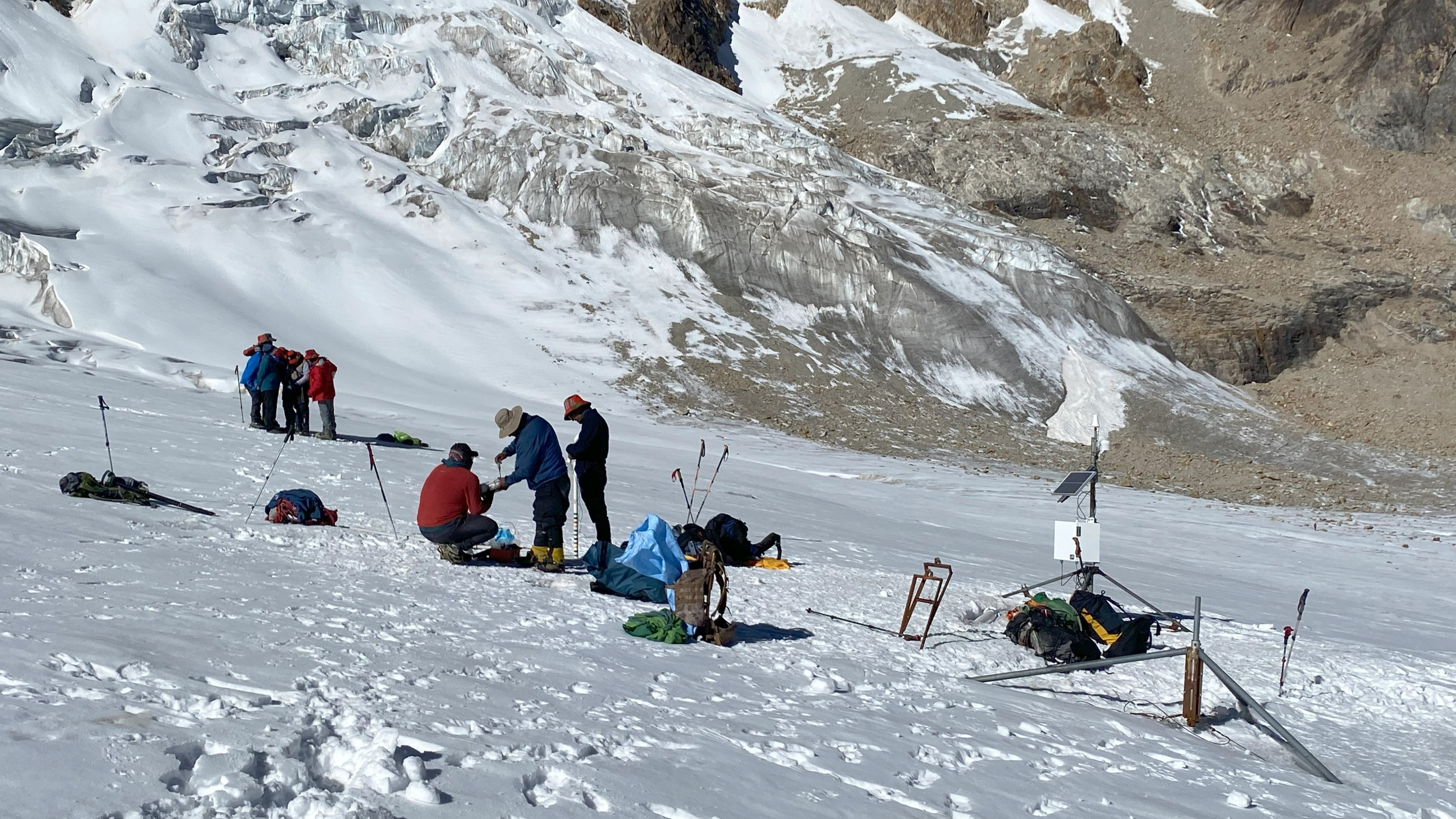The IAEA has showcased its support for landlocked developing countries during a recent high level United Nations conference on their specific development needs, held in Turkmenistan.
The Third United Nations Conference on Landlocked Developing Countries is held every ten years to galvanize support for these countries, which often face similar development challenges due to their lack of access to the ocean, which can impede trade and other opportunities.
Through 106 national technical cooperation projects in 2024 and 2025, as well as support for laboratory research and development, the IAEA is helping 30 landlocked developing countries (LLDCs) harness nuclear science and technology to address their needs. IAEA support focuses on health and nutrition, food and agriculture, water and the environment, industrial applications and energy planning.
“The IAEA remains steadfast in its commitment to supporting landlocked developing countries through innovative, science-based solutions that drive sustainable development,” said Hua Liu, IAEA Deputy Director General and Head of the Department of Technical Cooperation, at the plenary of the Third UN Conference on Landlocked Developing Countries. “Our initiatives are tailored to empower them to overcome geographic and economic constraints, ensuring that no one is left behind,” he added.
To increase self-sufficiency and enable the export of food products, 20 LLDCs are currently improving food safety and security under the Atoms4Food initiative through the IAEA technical cooperation programme. An additional 15 LLDCs are expanding access to cancer care under the Rays of Hope initiative to increase access to healthcare hampered by geographical barriers. To help address development priorities, the IAEA committed €24.2 million in technical cooperation support to LLDCs over 2024 and 2025, with further support proposed for 2026-2027.


